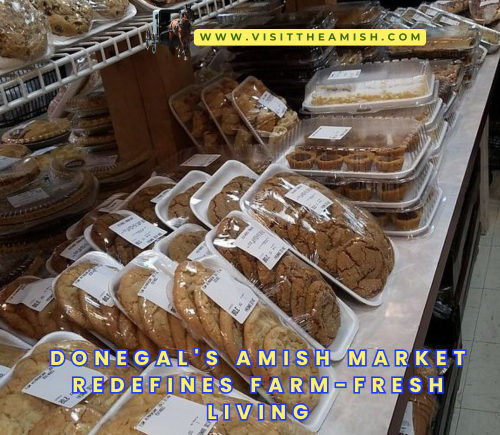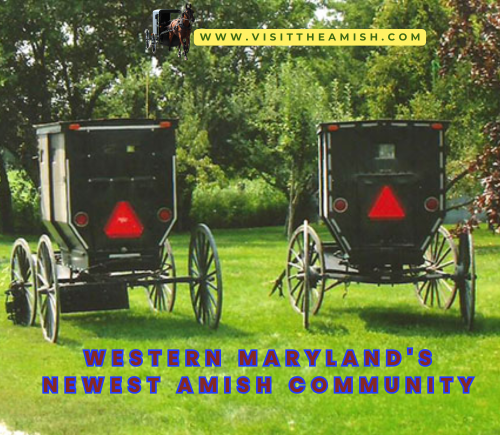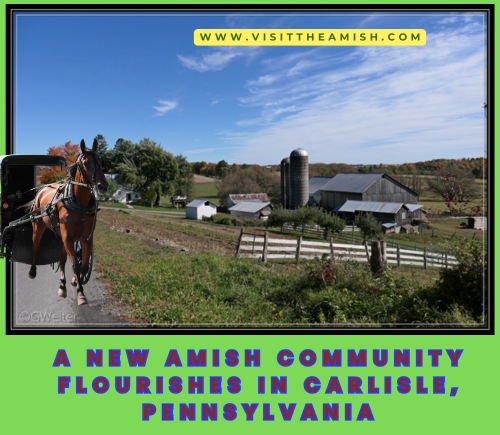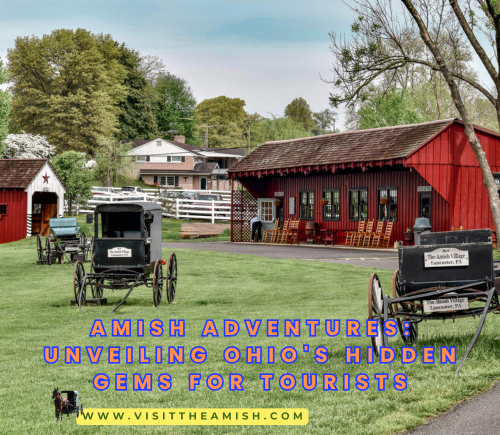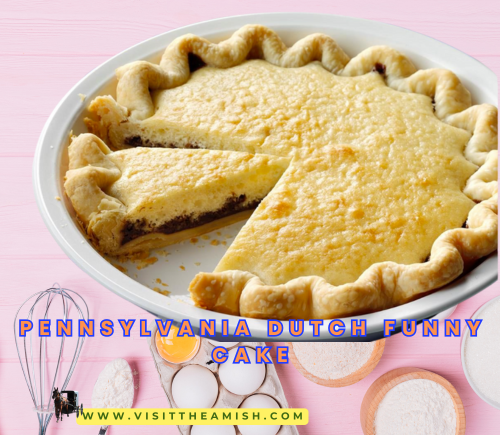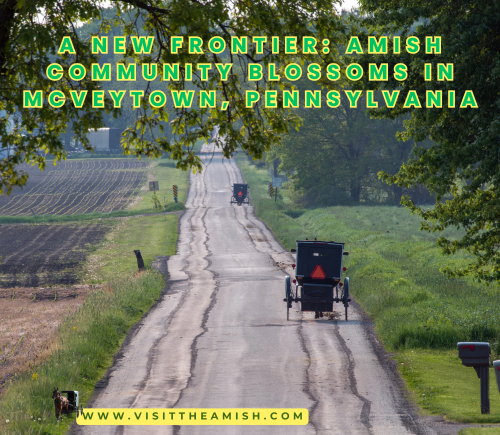New Amish Market Brings Tradition and Taste to Donegal, PA
In the heart of Donegal, Pennsylvania, a new Amish market has opened its doors, offering locals and visitors alike a taste of authentic Amish culture and craftsmanship. The Donegal Amish Marketplace, located at 3822 State Route 31, has quickly become a hub of activity, drawing crowds eager to experience the unique blend of traditional goods and modern convenience.
John Stoltzfus, the market’s founder, explains the vision behind this new venture: “We wanted to create a place where our community could share our way of life and our products with our neighbors. It’s about building connections and preserving our traditions.”
The marketplace features over 30 vendors, each specializing in different aspects of Amish life and commerce. From fresh produce to handcrafted furniture, the market offers a diverse array of products that reflect the Amish community’s dedication to quality and simplicity.
One of the most popular stops is the Sugar N Spice Bakery stand, run by Sarah Yoder. “Every day, we bring in fresh-baked pies, breads, and pastries straight from our ovens,” Yoder shares. “The response has been overwhelming – our shoofly pie often sells out before noon!”
Indeed, the bakery section is a hub of activity, with the aroma of cinnamon rolls and apple pies drawing customers from across the market. Nearby, the produce section offers a rainbow of fruits and vegetables, many sourced from local Amish farms.
Eli Miller, who manages the produce stand, takes pride in the quality of his offerings: “We work directly with Amish farmers to bring the freshest seasonal produce to our customers. You can taste the difference when food is grown with care and harvested at just the right time.”
The market’s success is not just about the products, but also about the experience it offers. Emily Thompson, a regular customer from Donegal, explains: “Coming here is like stepping into another world. The craftsmanship, the flavors, the friendly faces – it’s a refreshing change from typical grocery shopping.”
One of the market’s most popular sections is the furniture showroom, where handcrafted wooden pieces showcase the legendary skill of Amish woodworkers. Jacob Lapp, a third-generation furniture maker, explains the appeal: “Our furniture is built to last generations. We use solid wood and traditional joinery techniques. People appreciate the quality and the timeless designs.”
The market has also become a hub for those seeking natural remedies and organic products. Mary Raber, who runs a stand specializing in herbal supplements and essential oils, notes: “There’s a growing interest in natural health solutions. Our products, made from recipes passed down through generations, offer alternatives to modern medicine.”
Local officials have welcomed the market as a boost to the area’s economy and cultural diversity. Mayor Susan Clark comments, “The Donegal Amish Marketplace has brought new life to this part of town. It’s creating jobs, attracting tourists, and offering our residents access to unique, high-quality products.”
The market’s impact extends beyond its walls. Local restaurants have begun sourcing ingredients from the Amish vendors, creating a farm-to-table pipeline that benefits both communities. Chef Michael Rodriguez of the nearby Harvest Table restaurant shares, “The quality of produce and meats we get from the market has elevated our menu. Our customers can taste the difference.”
As word spreads about the market, it’s becoming a destination for food enthusiasts and cultural tourists. Travel blogger Lisa Chen recently featured the market in her Pennsylvania travel guide: “It’s a must-visit for anyone interested in authentic American experiences. The Donegal Amish Marketplace offers a glimpse into a unique way of life, all while satisfying your taste buds and shopping needs.”

The market’s success hasn’t come without challenges. Balancing traditional Amish values with the demands of modern commerce requires careful navigation. John Stoltzfus reflects, “We’re committed to maintaining our principles while adapting to serve our customers. It’s a delicate balance, but one we’re managing well.”
This balance is evident in the market’s approach to technology. While the Amish vendors themselves don’t use modern technology, the market employs non-Amish staff to handle electronic payments and maintain an online presence. This hybrid approach allows the market to cater to contemporary shoppers while preserving the essence of Amish culture.
Education is another key component of the market’s mission. Regular workshops and demonstrations offer visitors insights into Amish crafts, cooking, and sustainable living practices. These events have become popular among families and school groups, fostering cultural understanding and appreciation.
The market has also become a focal point for the local Amish community. It provides an opportunity for Amish craftsmen and farmers to showcase their skills and products to a wider audience. This exposure has led to increased interest in Amish-made goods and has helped sustain traditional crafts that might otherwise be at risk of dying out.
One such craft is quilt-making, represented at the market by Anna Beiler’s stand. “Each quilt tells a story,” Beiler explains. “It’s not just about creating a beautiful piece; it’s about preserving our heritage and passing down our traditions.”
The market has also become a place of cultural exchange. Non-Amish visitors often engage in conversations with the vendors, learning about Amish life and values. This interaction has helped break down stereotypes and foster mutual understanding between the Amish and their non-Amish neighbors.
As the sun sets on another busy market day, the sense of community is palpable. Vendors chat with regular customers, sharing recipes and stories. Children sample homemade ice cream while their parents browse handmade quilts. It’s a scene that feels both timeless and thoroughly modern – a testament to the enduring appeal of Amish culture in a fast-paced world.
The Donegal Amish Marketplace stands as a bridge between two worlds, offering a space where tradition and modernity coexist harmoniously. As it continues to grow and evolve, it remains true to its roots – a place where quality, community, and simplicity are always in season.
Citations:
- https://www.marketsatshrewsbury.com/shopping-at-the-markets/best-amish-country-attractions/
- https://www.discoverlancaster.com/blog/amish-owned-businesses/
- https://irishamericancivilwar.com/2014/11/23/little-donegal-in-pennsylvania-chain-emigration-and-irelands-great-untapped-19th-century-historical-resource/
- https://www.yelp.com/biz/old-general-store-donegal
- https://www.barkmanfurniture.com/pennsylvania/
- https://www.discoverlancaster.com/amish/history-beliefs/
- https://www.rootsmarket.com/standholders/
- https://www.yelp.com/search?find_desc=Amish&find_loc=Greensburg%2C+PA

